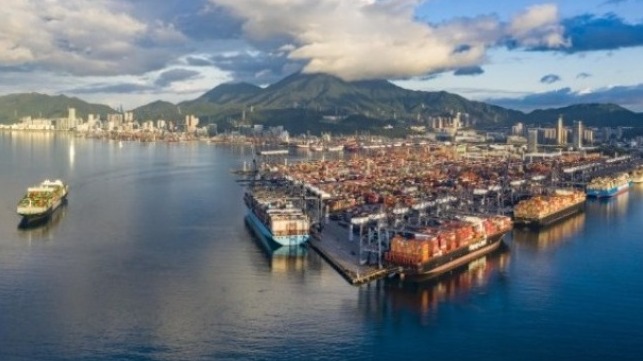Vessel Delays and Bottlenecks are Reappearing from China

Shippers continue to complain about delays and the unevenness of the supply chain as the shipping lines and ports struggle to manage against dramatic increases in volumes and external challenges to their operations from recent outbreaks of new variants of the COVID-19 pandemic. Experts are warning that with delays again on the rise and transportation costs increasing that retail operations are facing new threats going into the critical holiday sales season.
While there has been progress at reducing overall delays in shipments and vessel schedule performance from the peaks experienced early in 2021, recent vessel-tracking data from logistics platform project44 highlights the substantial year-over-year increases in vessel and shipment delay times across most major trade lanes originating in China. Select China-US West Coast routes schedules have improved significantly over the past months according to data gathered by project44 but multi-day delays remain high or are even rising across many parts of the global shipping network.
“The fact that ships remain delayed and now COVID variant outbreaks in major Chinese manufacturing hubs are on the rise, indicates that there may be far-reaching downstream consequences going into Black Friday and holiday shopping seasons,” said Josh Brazil VP Marketing project44. “We’re seeing a lot of variation in delay times between months, and routes such as US West Coast versus East Coast ports, making supply chains particularly challenging for shippers to manage.”
The data analysis shows that there were substantial delays for ships operating on routes between China and US non-West Coast ports, where delays increased from 0.6 days on average in July 2020 to 2.44 days in July 2021. While delays in other ports in the US were steady from the last quarter of 2019 until August 2020, they started rising to a peak in February 2021. Moderate improvements have been made with delays working their way down as of June 2021.
Similarly, EU-bound maritime traffic from China also experienced increased delays from an average of 0.51 days in July 2020 to 2.18 days in July 2021. Delays in EU trade started increasing from December 2019 when the first impact of COVID-19 was felt in China. Delays peaked in March 2020, but dropped in May 2020, possibly due to China coming out of COVID-19. They started rising again from July 2020, peaking in February 2021. The delays were working their way down as of July 2021, but still at levels higher than the 2020 peak.
On routes serving others parts of the world, year-over-year delays increased from 1.08 days to 2.78 days between July 2020 and 2021. Delays on these routes started increasing from December 2019, peaking in February 2020 and dropping in May 2020. Delays started rising again from June 2020, with the numbers peaking in July 2021. It is currently at its highest level since August 2019, according to project44.
“One of the few givens in 2021 is endemic delays and the fact that conditions can change almost overnight,” said Josh Brazil, VP Marketing at project44. “These latest numbers along with COVID variant outbreaks are a warning to shippers”
With delays again on the rise on some shipping routes and expectations of ongoing supply chain disruptions, many businesses will be challenged to adjust to longer lead times and bottlenecks in an overburdened supply chain.
